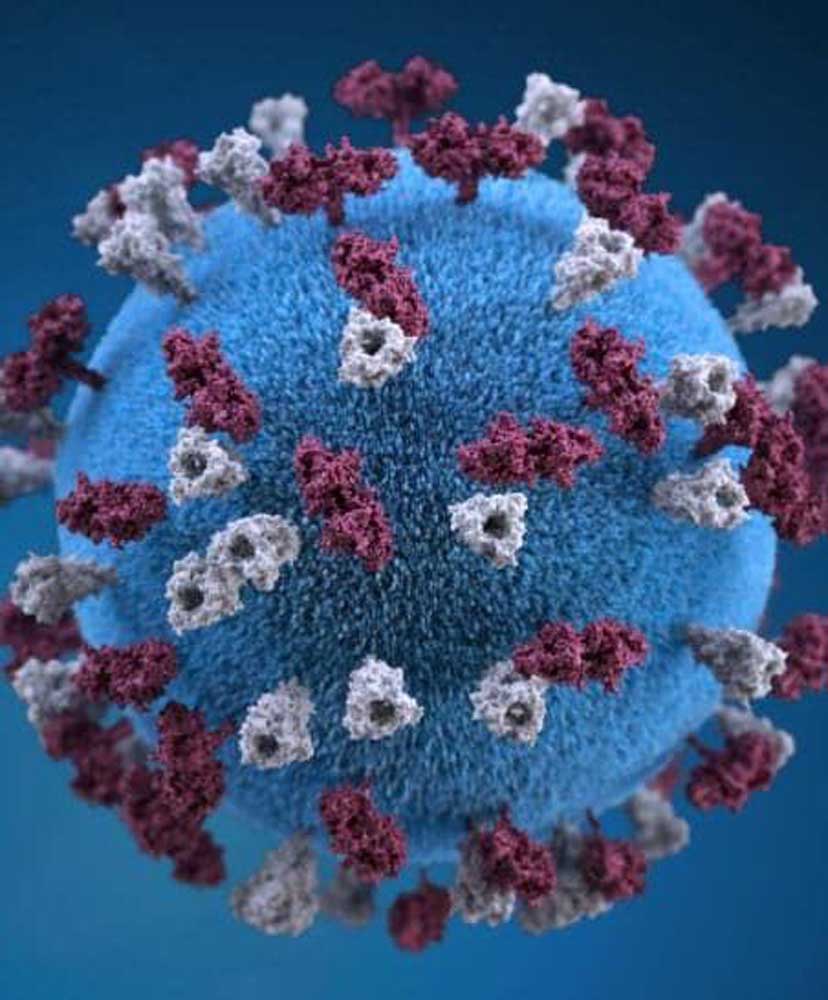Fish kills in Medford, Grants Pass prompt warning about pollutants
Published 9:00 am Monday, April 29, 2024

- Scott Howell walks along Lazy Creek in Medford on April 19, the day after he found dead juvenile steelhead in the waterway. In Grants Pass a few days later, about 200 juvenile steelhead were found dead in the Skunk Creek area. The incidents prompted warnings that people should use care to avoid allowing pollutants to flow into streams and storm drains.
Two recent fish kills — one much larger than the other — bother Dan Van Dyke.
“I’m a bit on edge,” said Van Dyke, district fish biologist for the Oregon Department of Fish and Wildlife.
One fish kill was reported April 18 on Lazy Creek east of downtown Medford, where nine dead juvenile steelhead and other dead smaller fish were found.
The larger kill was reported April 21 near the mouth of Skunk Creek, southeast of downtown Grants Pass, where about 200 dead hatchery steelhead were collected.
“They were beautiful smolts that averaged 6 to 8, 9 inches,” Van Dyke said Friday in a telephone interview.
In addition to the juvenile smolts, some adults were found dead, too.
The causes of the kills are unknown. The Grants Pass kill is under investigation by the Oregon Department of Environmental Quality.
Skunk Creek flows into the Rogue River, while Lazy Creek flows into Bear Creek, which flows into the Rogue River.
The deaths prompted a plea from Van Dyke for people to avoid dumping substances, including hot tub and pool water, into creeks and storm drains.
“Chlorinated water is exceedingly toxic,” he said.
Also to be avoided are oils, fuels and dirt, among other substances. Pesticides and fertilizers used near waterways also can be a danger.
“We got to remember these creeks are live and we have to keep stuff out,” Van Dyke said.
Scott Howell, a fishing guide and an ODFW volunteer, reported the Medford deaths. He discovered them while walking the creek on his own time.
“Some people don’t even realize that these valley-bottom streams, our tributaries, are pretty important and they are fish-bearing,” Howell said Friday in a phone interview. “We have some pretty vital salmon habitat right in our backyard.”
Howell said he hopes people realize summer streams are important to the region’s summer steelhead.
“There’s hardly a creek or a ditch that runs into the Bear Creek system that isn’t used,” Howell said. “Almost any one of these things in the wintertime when the flow is high pull fish into them.”
Howell found dead fish from about 200 yards upstream of Siskiyou Boulevard to a point about 40 yards upstream of Burgundy Circle. Lazy Creek flows from east to west, with Siskiyou Boulevard upstream of Burgundy Circle.
In Grants Pass, a neighboring landowner who works with ODFW notified authorities about dead and distressed fish in Skunk Creek. ODFW and DEQ personnel responded.
Two days before the discovery, as many as 8,000 hatchery smolts had been placed in the creek about 100 yards from its mouth in a screened area known as an acclimation pool, where most of the dead fish were found. Responders removed the screens in order to free live fish to enter the river.
Van Dyke said he hopes that “a good number” of fish were able to get out into the river once the screens were removed.
“And I think that was the case,” he said.
A state contractor on Monday collected water samples and searched for clues in culverts and the stormwater system, although no “smoking gun” was found, according to Van Dyke. A white sheen was seen on the creek recently.
Of most importance, Van Dyke said, is “to make sure it doesn’t happen again.”
In addition to keeping pollutants out of drains and streams, Van Dyke urged landowners along waterways to maintain native trees and shrubs along their banks, in order to cool and help clean the water.
He characterized Lazy Creek in Medford as “a vibrant little creek.”
“I really want to get across that all those streams flowing through Medford support salmon and steelhead, as least seasonally,” Van Dyke said.
He also provided a write-up about the creek, stating that Lazy Creek supports a “surprisingly diverse list of native fish species,” which includes steelhead, cutthroat trout, juvenile chinook and juvenile coho salmon, speckled dace, Klamath small-scale suckers and sculpins.
Van Dyke wrote that when volunteers in ODFW’s Salmon Trout Enhancement Program operated an upstream migrant hoop trap in lower Lazy Creek in the winter of 2006-07, they caught a lot of juvenile salmon and steelhead trying to swim upstream in and feed in Lazy Creek in the winter months.
Van Dyke and the volunteers also found the dam in Bear Creek Park, where young fish could be seen trying to jump to pass the dam.
”No one knew why the dam existed, it was just sitting there blocking fish,” Van Dyke wrote.
ODFW subsequently worked with the city and the Bear Creek Watershed Council to remove the dam, which Van Dyke and the volunteers considered “a win for Lazy Creek,” he wrote.








